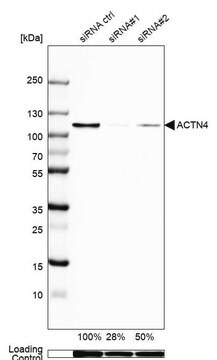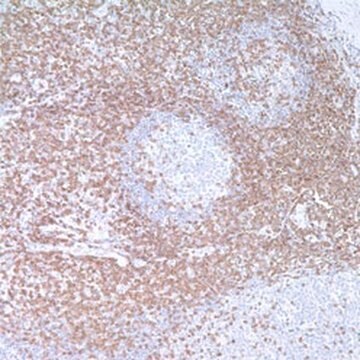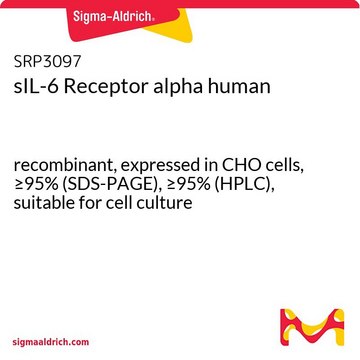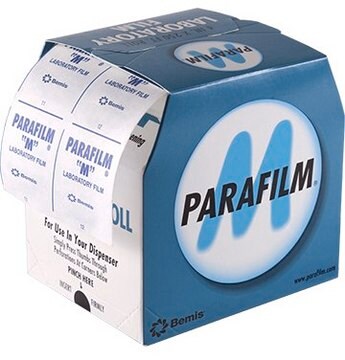MABF2050
Anti-Peripheral Node Addressin (PNAd) Antibody, clone MECA-79
clone MECA-79, from rat
Synonim(y):
Peripheral Node Addressin, MECA-79, CD62L-ligand (PNAd)
About This Item
Polecane produkty
pochodzenie biologiczne
rat
Poziom jakości
forma przeciwciała
purified immunoglobulin
rodzaj przeciwciała
primary antibodies
klon
MECA-79, monoclonal
reaktywność gatunkowa
human, mouse
metody
flow cytometry: suitable
immunohistochemistry: suitable (paraffin)
immunoprecipitation (IP): suitable
western blot: suitable
izotyp
IgMκ
Warunki transportu
ambient
docelowa modyfikacja potranslacyjna
unmodified
Opis ogólny
Specyficzność
Immunogen
Zastosowanie
Western Blotting Analysis: A representative lot detected Peripheral Node Addressin (PNAd) in Western Blotting applications (Hemmerich, S., et. al. (1994). J Exp Med. 180(6):2219-26).
Inhibition Analysis: A representative lot detected Peripheral Node Addressin (PNAd) in Inhibition applications (Streeter, P.R., et. al. (1988). J Cell Biol. 107(5):1853-62;Michie, S.A., et. al. (1993). Am. J. Pathol. 143(6):1688-98; Berg, E.L., et. al. (1991). J Cell Biol. 114(2):343-9).
Immunoprecipitation Analysis: A representative lot detected Peripheral Node Addressin (PNAd) in Immunoprecipitation applications (Berg, E.L., et. al. (1991). J Cell Biol. 114(2):343-9).
Immunohistochemistry Analysis: A representative lot detected Peripheral Node Addressin (PNAd) in Immunohistochemistry applications (Sinha, R.K., et. al. (2006). Immunology. 119(4):461-9; Streeter, P.R., et. al. (1988). J Cell Biol. 107(5):1853-62; Michie, S.A., et. al. (1993). Am J Pathol. 143(6):1688-98).
Flow Cytometry Analysis: A representative lot detected Peripheral Node Addressin (PNAd) in Flow Cytometry applications (Sinha, R.K., et. al. (2006). Immunology. 119(4):461-9).
Inflammation & Immunology
Jakość
Immunohistochemistry Analysis: A 1:50 dilution of this antibody detected Peripheral Node Addressin (PNAd) in human tonsil tissue.
Opis wartości docelowych
Postać fizyczna
Przechowywanie i stabilność
Inne uwagi
Oświadczenie o zrzeczeniu się odpowiedzialności
Nie możesz znaleźć właściwego produktu?
Wypróbuj nasz Narzędzie selektora produktów.
Kod klasy składowania
12 - Non Combustible Liquids
Klasa zagrożenia wodnego (WGK)
WGK 1
Certyfikaty analizy (CoA)
Poszukaj Certyfikaty analizy (CoA), wpisując numer partii/serii produktów. Numery serii i partii można znaleźć na etykiecie produktu po słowach „seria” lub „partia”.
Masz już ten produkt?
Dokumenty związane z niedawno zakupionymi produktami zostały zamieszczone w Bibliotece dokumentów.
Nasz zespół naukowców ma doświadczenie we wszystkich obszarach badań, w tym w naukach przyrodniczych, materiałoznawstwie, syntezie chemicznej, chromatografii, analityce i wielu innych dziedzinach.
Skontaktuj się z zespołem ds. pomocy technicznej








